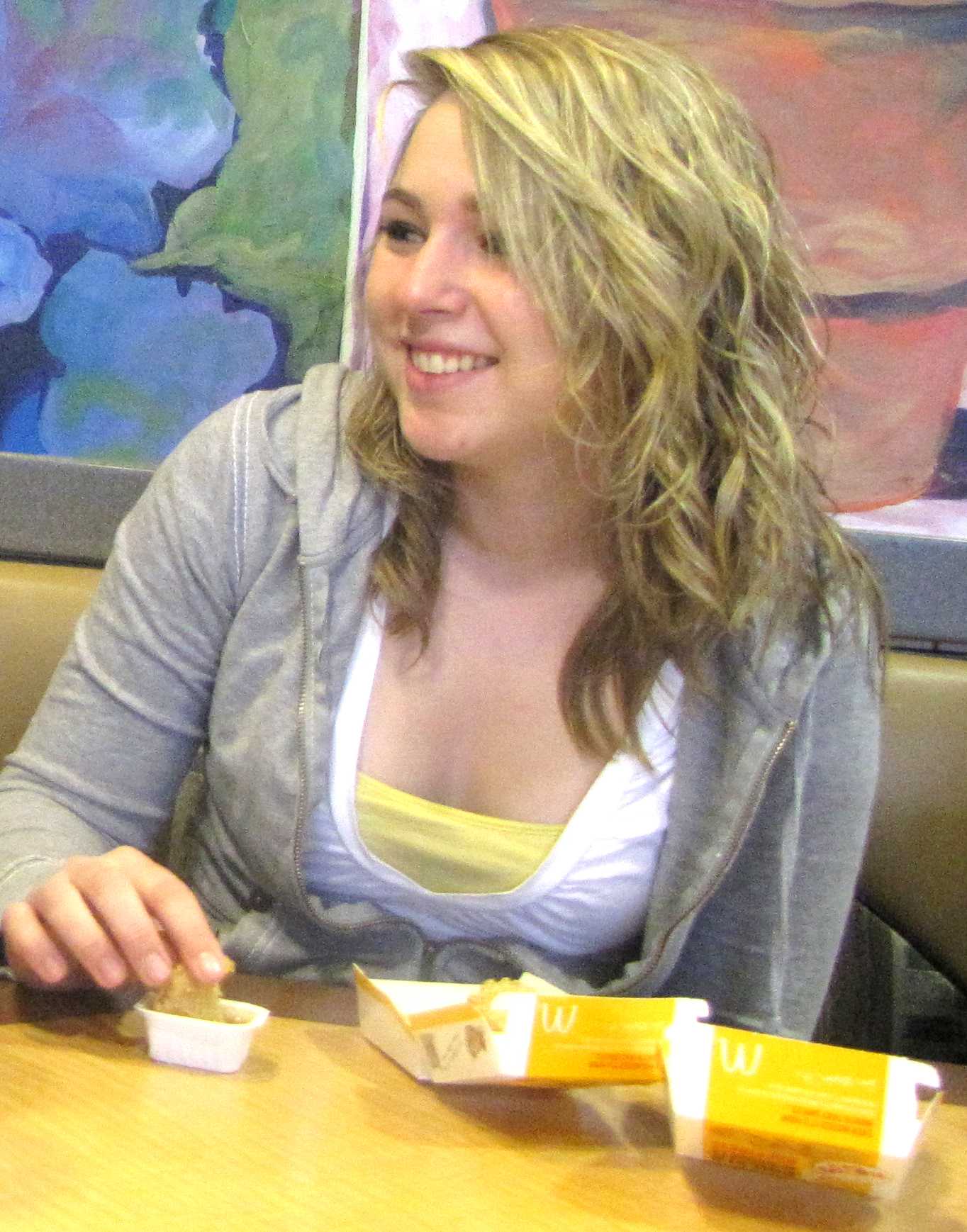
Kelsey Neafus, education freshman, was 4 years old when she was diagnosed with Type I diabetes, and, as a result, she has had to receive insulin shots every time she eats for the past 15 years.
Neafus said her pancreas doesn’t provide the necessary insulin to be able to process the sugar she intakes.
“Insulin levels even out your blood sugar level with everything that you eat, and since my pancreas doesn’t work, I have to give myself a shot,” Neafus said.
Every meal eaten by Neafus must be carefully assessed in order to calculate how many carbohydrates it contains and how much insulin she must inject into her body.
Neafus said while this may seem like a cumbersome task for some, it’s all she knows, and therefore the extra measures don’t weigh as heavily.
It wasn’t until the first grade that Neafus said she became aware that getting daily injections and paying such close attention to the foods she ate made her different than other children.
“Every time we got recess, I was the only one who got to eat snacks,” Neafus said. “Everyone else was jealous because I had to eat candy so my blood sugar wouldn’t get low.”
Neafus said growing up she was very reluctant to receive the insulin shots.
“I just didn’t want to do it at all,” she said. “My parents would have to chase me around the house to give me a shot.”
Kelsey Neafus’ mother, Janet Neafus, 43, said she too can remember when her daughter would try to avoid getting her shots as a child.
“I can remember there were times she didn’t want to do it,” Janet Neafus said. “I had to literally sit on her, and it’s hard because I had to do leg or arm or hip, and, when she was moving around, it was tough.”
By the time Kelsey Neafus reached high school, she said her careful oversight of her blood sugar levels began to lessen.
“When I started driving, I started going out with friends more, and I didn’t want to give myself a shot so my blood sugar was always high,” she said. “My doctors kept yelling at me, and I was just the rebel teenager. I didn’t want to do it. I was stubborn.”
When blood sugar levels get high, Kelsey Neafus said it causes her to feel sick and fatigued. The blood becomes so thick that its ability to flow to the extremities suffers. In extreme cases a hand or a foot could be lost.
Kelsey Neafus said she has been lucky to avoid any serious effects associated with Type I diabetes, although she admits she isn’t always as careful with her blood sugar levels as she should be.
“I’m young, and I don’t have any of the side effects right now, so I’m living with the bad habits like the high blood sugar, and, in the end, it will probably hurt me,” Kelsey Neafus said. “I am doing better than I was a few years ago, but I hope what I did a few years ago with my high blood sugar won’t hurt me when I’m older.”
Kelsey Neafus said she feels coping with diabetes has made her more conscientious about her health than she would have been otherwise.
“I have another thing to worry about on top of other people that don’t have diabetes,” she said. “I have that extra step I have to take every day, and it has made me more responsible about my health.”
Four years ago, Kelsey Neafus’ younger brother, Kyle Neafus, 16, was diagnosed with Type I diabetes at the age of 12.
“I think it affected him a lot more than me because I remember having it my whole life, but he remembers what it was like before having diabetes,” Kelsey Neafus said. “I grew up with it, but he grew up without it, and then it just hit him.”
Janet Neafus said her daughter has acted as a mentor for her younger brother.
“She was someone he could share frustration with and ask questions to,” Janet Neafus said. “She was very instrumental in helping him get his routine under control.”
Kelsey Neafus said the experience her parents obtained taking care of her diabetes assisted them when faced with aiding her brother’s diabetes.
“My parents learned all the basics with me like how to deal with it so when he got it they already knew how to handle it,” she said.
Janet Neafus said her daughter and son are able to offer support to one another.
“To this day, when they sit down to eat they will check on each other just to be sure they are both on track,” Janet Neafus said. “It is nice they have each other to lean on.”
By ANNIE MALKA
Staff
amalka@umail.iu.edu






